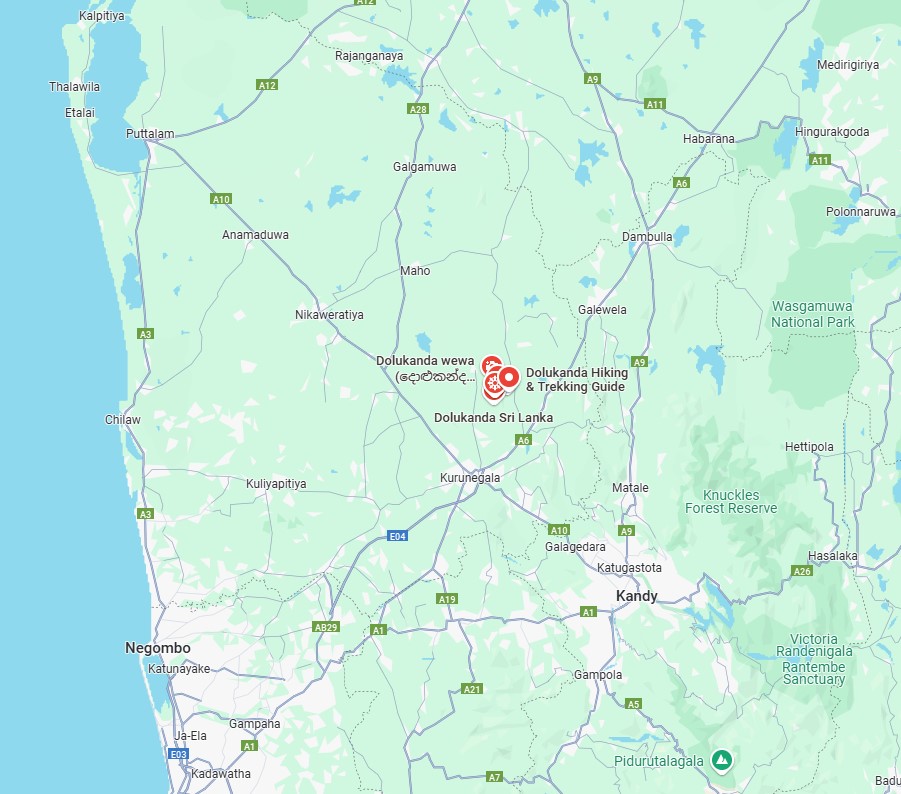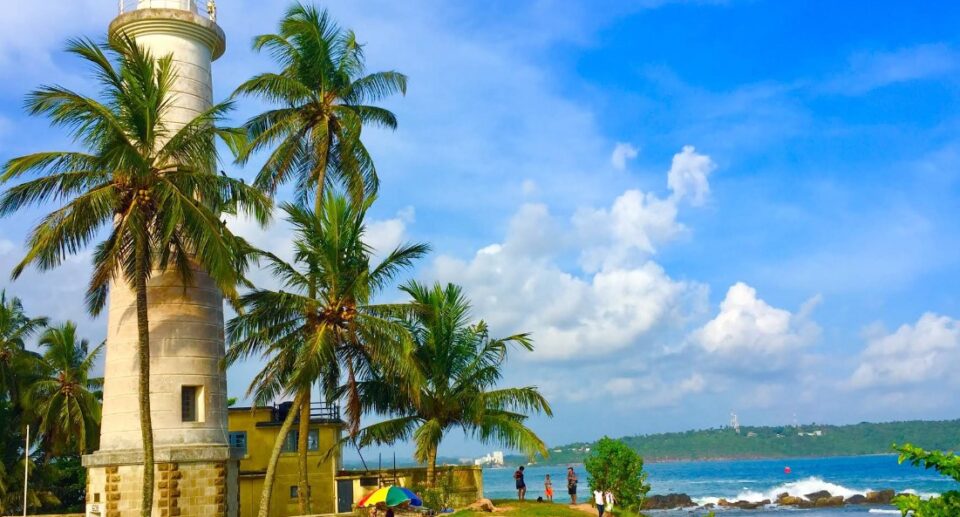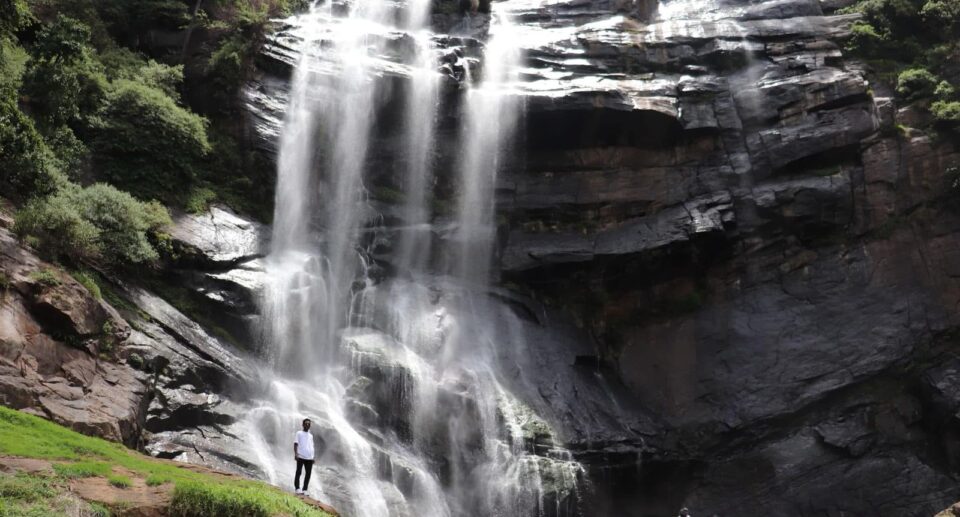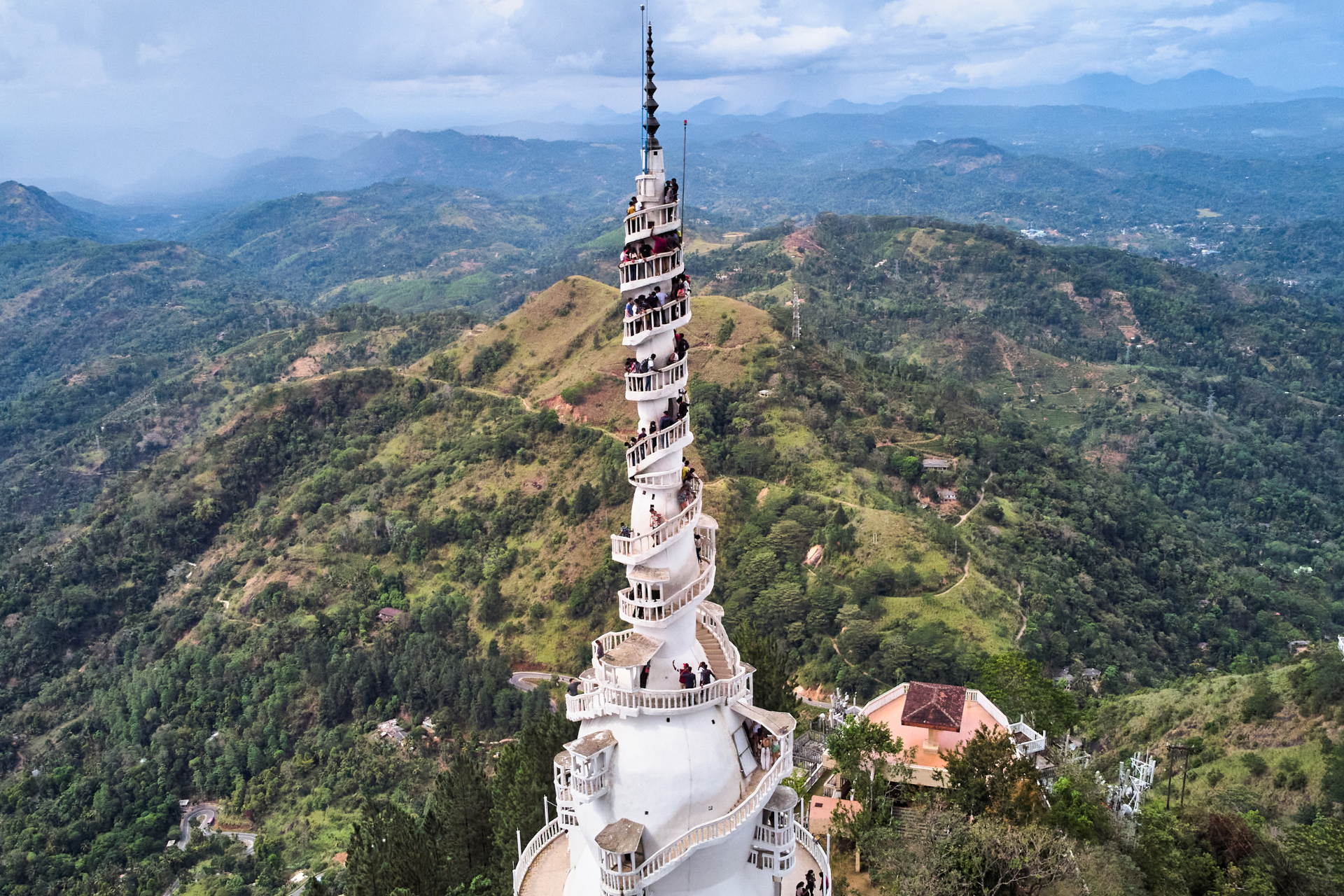Dolukanda Hiking: A Journey Through Sri Lanka’s Sacred Wilderness
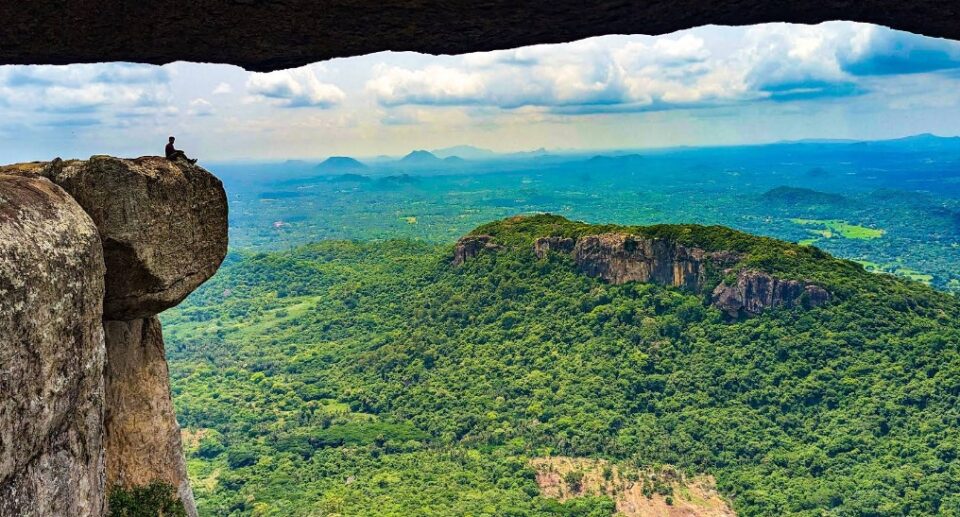
Located within Sri Lanka’s Kurunegala District, Dolukanda is a testament to the island nation’s intricate tapestry of natural beauty, historical significance, and mythic intrigue. Raised about 600 meters (1,969 feet) above sea level, the mountain is more than a geographical ascent – it is a journey through time, culture, and legend.
Geographical and Ecological Significance
About 115 kilometers away from Colombo, Dolukanda can be accessed through the village of Doluwa, through picturesque paddy fields and thick forests. The mountain has been declared a reserve by the Forest Conservation Department, highlighting its significance ecologically. The peak offers a stunning view of the Northwestern Province, comprising Kurunegala, Wariyapola, Wellawa, and Deduru Oya. On very clear days, the coast line right up to Chilaw can be seen, creating a scintillating sight.
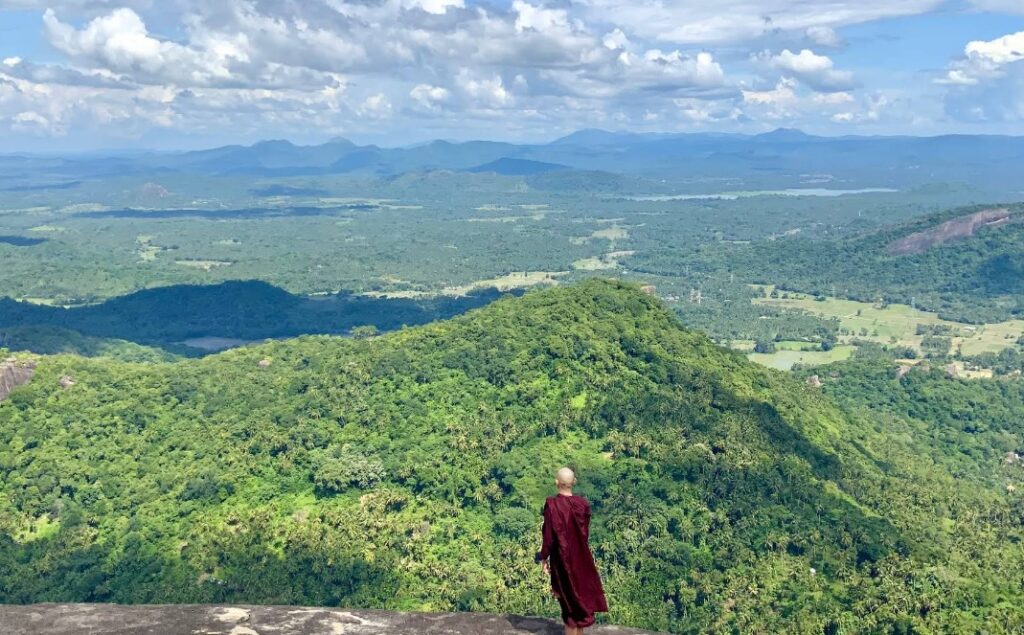
The terrain is characterized by challenging trails, dense vegetation, and mixed flora. Trekkers have the promise of catching a glimpse of rare herbs like Gardi Raja, a parasitic plant, and other medicinal herbs like Dutusathutu, Iraraja, and Sandaraja. The plants are purported to have curative powers, which attests to the mountain’s rich botanical past.
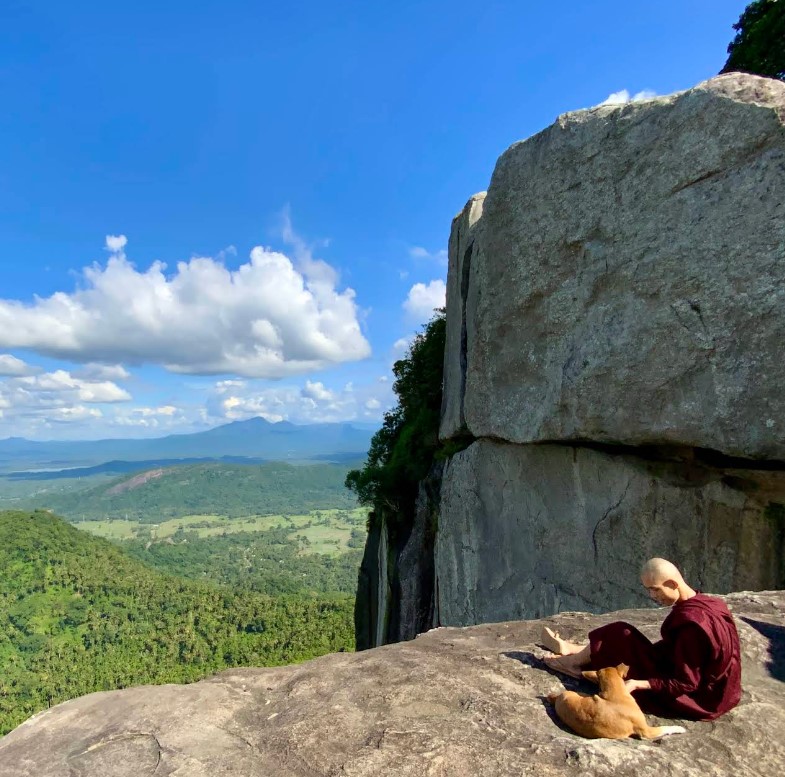
Historical and Archaeological Insights
The historical significance of Dolukanda is immense. King Buddhadasa, who reigned from 341 to 370 AD, is said to have utilized Dolukanda as a medicinal herb garden. This association shows the history of the mountain in ancient Sri Lankan medicine.
The summit has remains of old structures, including a cave known as Hulang Kapolla and a location called Maligathenna. These were said to belong to the time of King Walagamba, when he found refuge in the region during foreign invasions. The existence of these ruins imparts a history to Dolukanda, turning it into a site of cultural and natural significance.
Mythological Associations
Dolukanda is closely connected with the Indian epic, the Ramayana. It is said that in the war between Lord Rama and Ravana, Lakshman, brother of Rama, had been badly injured. To save him, Hanuman had been sent to fetch Sanjeevani herb from the Himalayas. Not being able to identify the herb, it is said that Hanuman carried an entire mountain, part of which fell in Sri Lanka to form Dolukanda. This mythological association has meant that Dolukanda is referred to as “Sanjeevani Mountain” in local legend.
Adventure and Activities
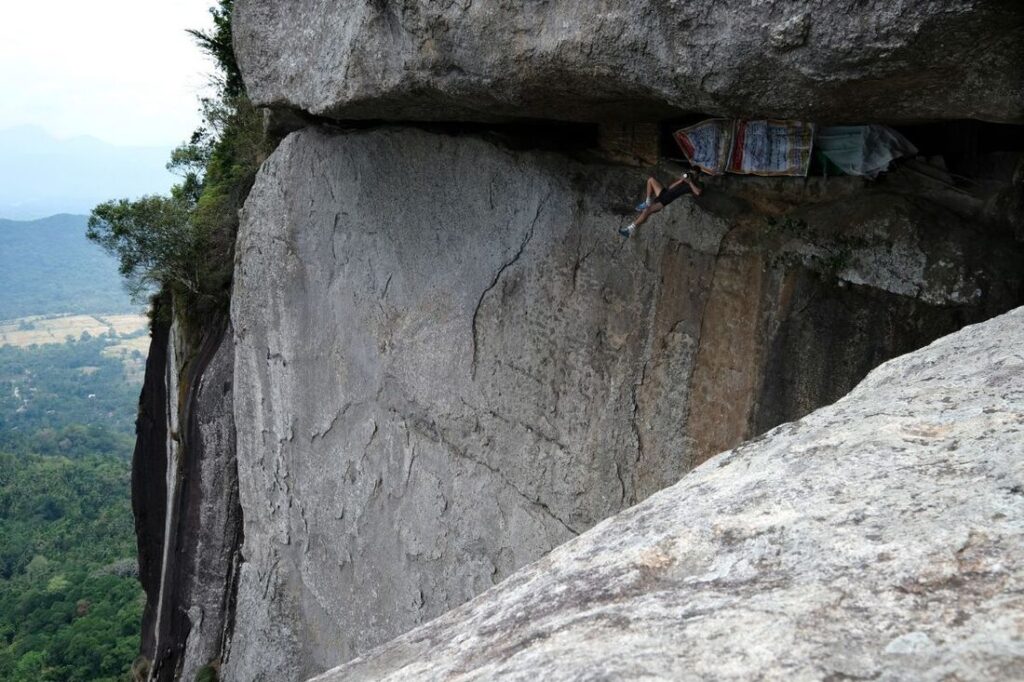
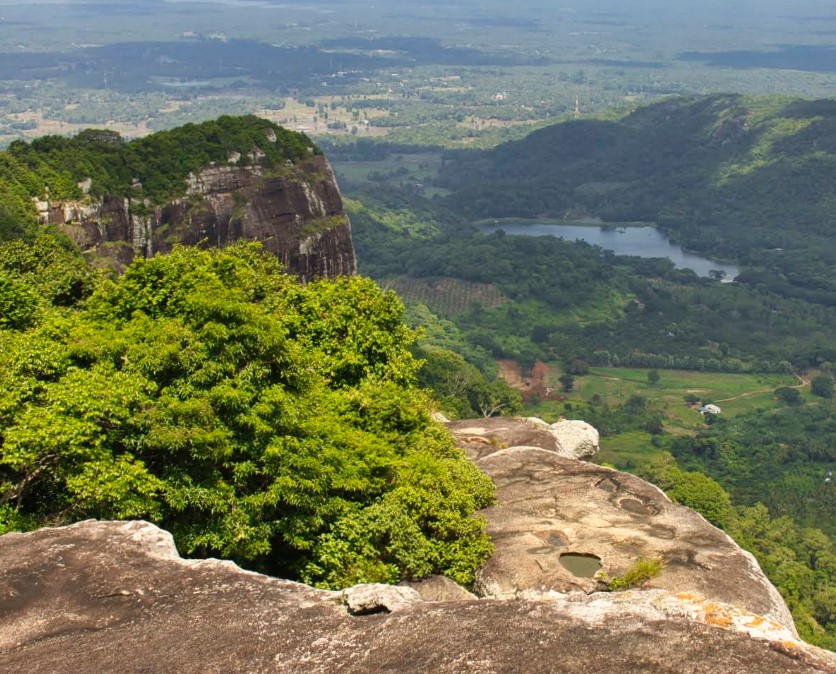
Dolukanda is a paradise of adventure. The hike up is moderately uphill and should be approximately 1.5 to 2 hours up and 1 to 1.5 hours down. The trail involves a mix of environments from forest tracks, boulders and grasslands. On the top, there are several places of interest to go through.
Raksha Muna: A cave in which the hermitage of an ancient monk is purported to have stood.
Weheragala: The summit with a ruined pagoda.Herbal Forest: Dense forest with a profusion of medicinal plants.
Maligathenna: Ruins of an ancient palace or temple.
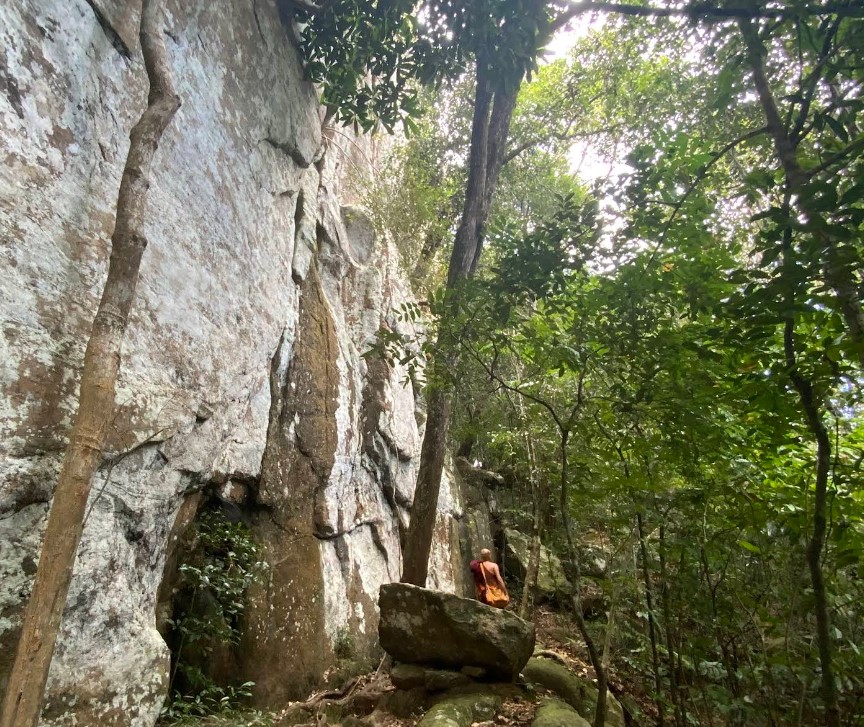
Ponds: Watakei Pokuna, Dunkei Pokuna, and Kaludiya Pokuna, believed to have medicinal properties.
For those who would love to experience something with greater adrenaline, abseiling from Dolukanda’s steep cliff is available. The hanging cliffs are a treat to challenge the determination of an adventurer.
Conservation and Preservation
As a recognized nature reserve, Dolukanda falls under the protection of Sri Lanka’s Forest Conservation Department. All visitors are advised to exercise caution by avoiding the collection of herbs or upsetting wildlife. Animals such as snakes and wild boars also call the area home, making safety during treks important. One also needs to be careful of wasps in some areas.
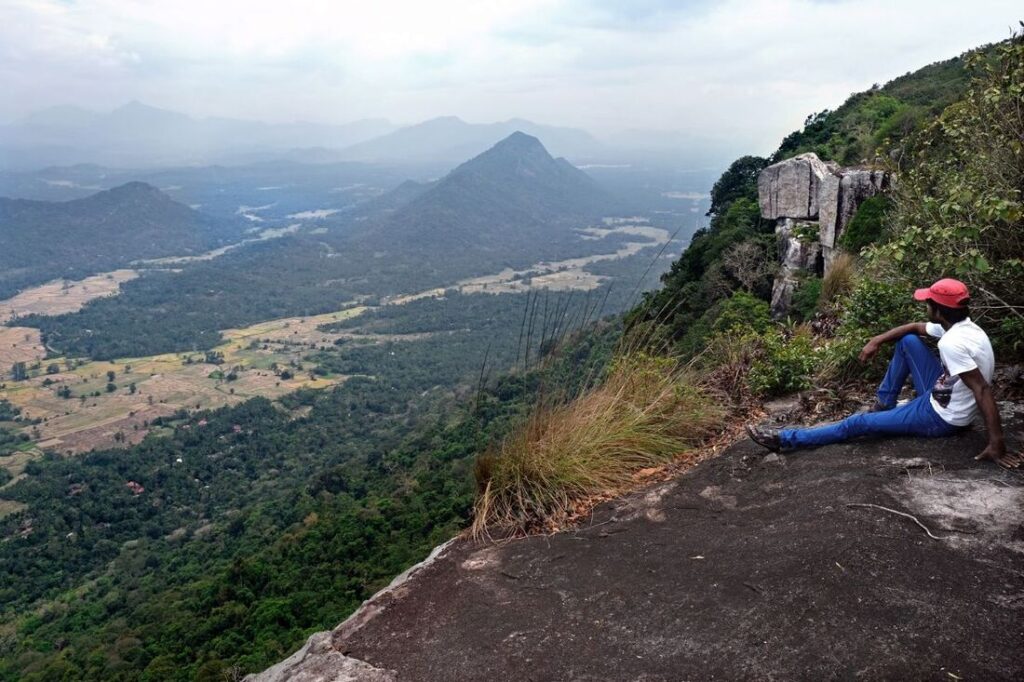
Planning Your Visit To make a secure and enriching visit to Dolukanda:
Obtain a Permit: Take a special permit from the Forest Conservation Department.
Alert the Local Temple: Inform the monk at the Dolukanda Raja Maha Viharaya, because the climb usually begins from here.
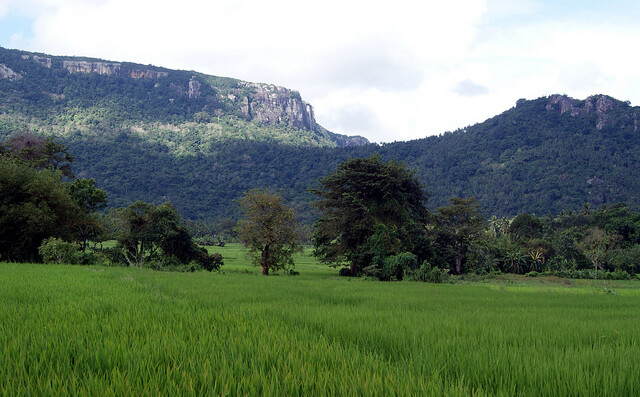
Take a Guide: Engage a local guide who is familiar with the country and historical areas.
Prepare Properly: Drink sufficient water, use comfortable shoes, and keep the luggage minimal.
Timing: February to April are the best months to visit, avoiding the two high rainy seasons.
Dolukanda is not just a mountain; it’s a convergence of nature, history, and myth. You’re an adventure seeker, a history enthusiast, or simply want to draw from Sri Lanka’s rich cultural heritage, Dolukanda offers an experience that’s fresh and unforgettable.
Map of Dolukanda Mountain
